Home>Gardening & Outdoor>Pool & Spa Care>How To Restore Fiberglass Hot Tub
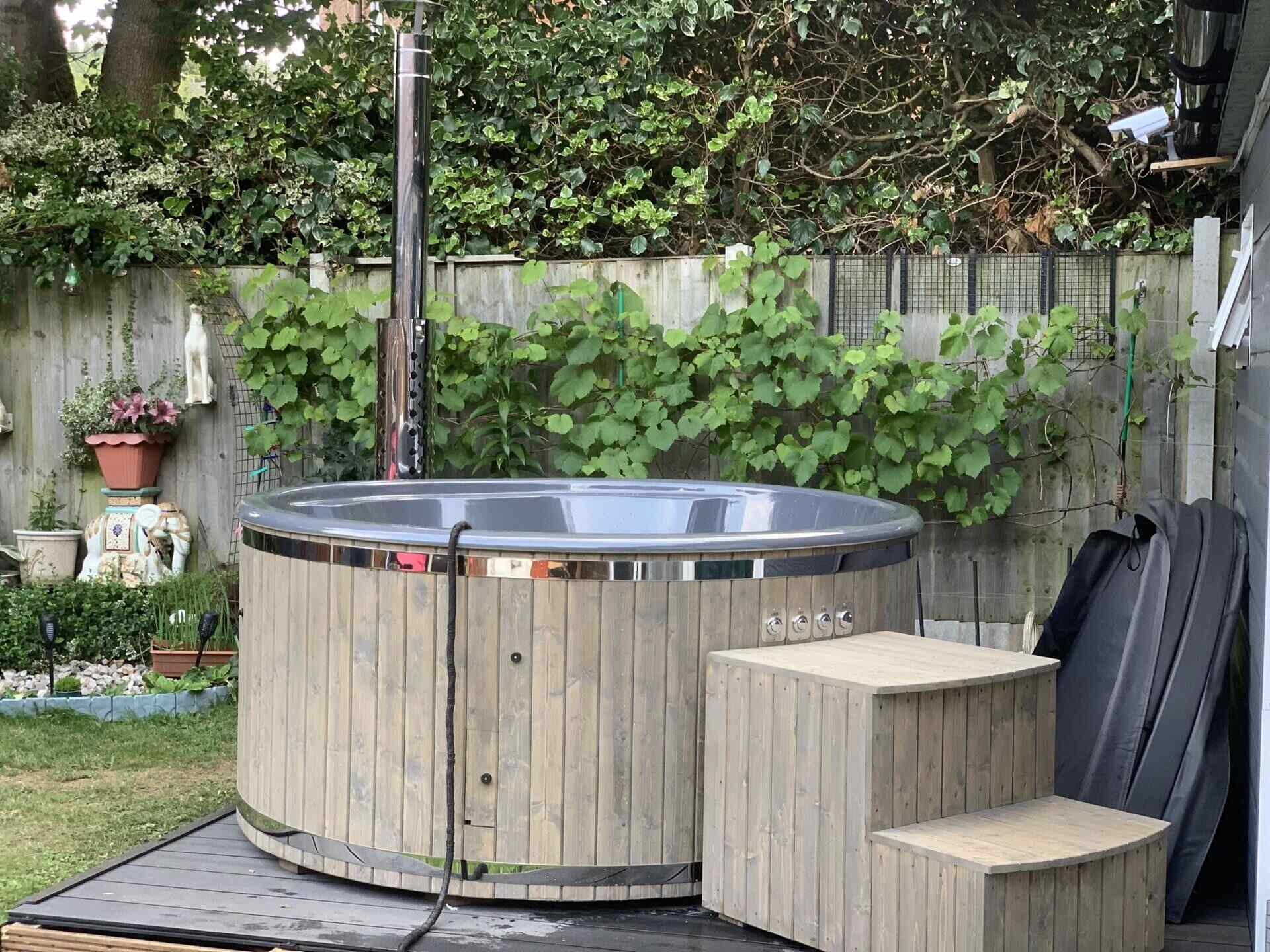

Pool & Spa Care
How To Restore Fiberglass Hot Tub
Published: December 28, 2023
Learn how to properly restore your fiberglass hot tub with our expert pool and spa care tips. Get your hot tub looking like new again with our step-by-step guide.
(Many of the links in this article redirect to a specific reviewed product. Your purchase of these products through affiliate links helps to generate commission for Storables.com, at no extra cost. Learn more)
Introduction
Welcome to the world of luxurious relaxation and rejuvenation with a fiberglass hot tub. Over time, wear and tear can take a toll on the pristine appearance of your beloved hot tub, leaving it looking worn and weathered. However, fear not! With the right knowledge and a bit of elbow grease, you can restore your fiberglass hot tub to its former glory and ensure it continues to be a stunning centerpiece of your outdoor oasis.
Restoring a fiberglass hot tub involves a series of steps, from assessing the damage to applying the final touches. By following this comprehensive guide, you will learn the ins and outs of restoring your fiberglass hot tub, preserving its beauty for years to come. So, roll up your sleeves, put on your DIY hat, and let’s dive into the rejuvenation process!
Key Takeaways:
- Revive your fiberglass hot tub by assessing, cleaning, repairing, and applying gelcoat. Buff and polish for a radiant finish. Seal, inspect, and maintain for long-lasting beauty and safety. Enjoy your rejuvenated oasis!
- Restore your fiberglass hot tub with thorough cleaning, meticulous repairs, and a fresh coat of gelcoat. Add final touches and proactive maintenance for enduring beauty and enjoyment.
Read more: How To Vacuum A Hot Tub
Assessing the Damage
Before embarking on the restoration journey, it’s crucial to assess the extent of the damage to your fiberglass hot tub. Carefully inspect the surface for any signs of wear, such as cracks, chips, or discoloration. Common issues that may arise over time include gelcoat delamination, stress cracks, and surface scratches. By identifying these issues upfront, you can tailor your restoration approach to address each specific concern effectively.
Start by conducting a visual inspection of the entire hot tub, paying close attention to areas that are frequently exposed to water and sunlight. Look for any visible cracks or holes in the fiberglass, as well as any areas where the gelcoat may have peeled or bubbled. Additionally, note any areas where the surface has become rough or uneven due to wear and tear.
After the visual inspection, perform a tactile assessment by running your hands over the surface of the hot tub. This hands-on approach can help you detect subtle imperfections that may not be immediately visible. Take note of any rough patches, raised edges, or areas where the fiberglass feels soft or compromised.
Furthermore, consider the overall structural integrity of the hot tub. Check for any signs of flexing or bending when pressure is applied to different areas. This can help you identify potential weak points that may require reinforcement during the restoration process.
By thoroughly assessing the damage, you can gain a clear understanding of the restoration work that lies ahead. This initial step sets the stage for a targeted and effective restoration plan, ensuring that your fiberglass hot tub will be restored to its original splendor.
Cleaning and Preparing the Surface
Before diving into the repair and restoration work, it’s essential to prepare the surface of the fiberglass hot tub by thoroughly cleaning and removing any contaminants. Start by giving the entire surface a good wash with a mild detergent or a specialized fiberglass cleaner. This will help remove dirt, grime, and any residual chemicals that may have accumulated over time.
Once the surface is clean, inspect it for any lingering traces of grease, wax, or silicone-based products. These substances can interfere with the adhesion of repair materials and coatings, so it’s crucial to eliminate them completely. Use a solvent-based cleaner or acetone to carefully remove any stubborn residues, ensuring that the surface is pristine and ready for restoration.
Next, consider the existing gelcoat on the hot tub. If the gelcoat is severely weathered, discolored, or damaged, you may need to strip it off entirely to achieve a smooth and uniform surface for the restoration work. In such cases, a gelcoat stripper or sanding process may be necessary to remove the old gelcoat and expose the underlying fiberglass substrate.
After cleaning and, if needed, stripping the gelcoat, it’s time to address any existing cracks, chips, or holes in the fiberglass. Use a fine-grit sandpaper to gently sand the edges of the damaged areas, smoothing out any rough edges and creating a clean surface for the repair materials to adhere to. This step is crucial for ensuring a seamless and durable repair.
Once the surface is clean, free of contaminants, and prepared for repair, it’s important to protect the surrounding areas from any potential overspray or debris during the restoration process. Cover nearby surfaces and fixtures with plastic sheeting or masking materials to prevent unintended damage and ensure a tidy workspace.
By meticulously cleaning and preparing the surface of your fiberglass hot tub, you are laying the foundation for a successful restoration project. This step sets the stage for seamless repairs and the application of new coatings, guaranteeing a stunning transformation for your beloved hot tub.
Repairing Cracks and Holes
Cracks and holes in the fiberglass of your hot tub can be unsightly and compromise the structural integrity of the surface. Fortunately, with the right materials and techniques, you can effectively repair these imperfections, restoring the smooth and flawless appearance of your hot tub.
Begin by selecting a high-quality fiberglass repair kit that includes resin, hardener, and fiberglass cloth or mat. These kits are specifically designed for repairing fiberglass surfaces and provide all the essential components for a successful repair.
To start the repair process, carefully clean the damaged area to remove any dust, debris, or loose particles. Use a solvent-based cleaner to ensure that the surface is free of contaminants that could interfere with the adhesion of the repair materials.
For cracks in the fiberglass, use a rotary tool or a fine-grit sandpaper to carefully widen the crack and create a v-shaped groove. This will provide a larger surface area for the resin to bond to, strengthening the repair. If the crack is near the edge of the hot tub, consider using a backing material, such as fiberglass cloth or mat, to reinforce the repair and prevent future spreading.
Once the damaged area is prepared, mix the fiberglass resin and hardener according to the manufacturer’s instructions. Apply a generous amount of the resin mixture to the damaged area, ensuring that it fills the crack or hole completely. If using fiberglass cloth or mat, layer it over the wet resin, saturating it with additional resin to create a sturdy patch.
After the resin has cured, typically within a few hours, use a fine-grit sandpaper to smooth the repaired area, blending it seamlessly with the surrounding surface. This step is essential for achieving a uniform and aesthetically pleasing finish.
By effectively repairing cracks and holes in the fiberglass, you can restore the structural integrity and visual appeal of your hot tub, setting the stage for the next phase of the restoration process.
Sanding and Smoothing
Once the repaired areas have fully cured, it’s time to focus on sanding and smoothing the entire surface of the fiberglass hot tub. This crucial step is essential for achieving a flawless and uniform finish, preparing the surface for the application of new coatings and ensuring a visually stunning result.
Begin by using a fine-grit sandpaper, typically in the range of 400 to 600 grit, to gently sand the entire surface of the hot tub. This process serves multiple purposes, including smoothing out any rough patches, leveling the repaired areas, and creating a consistent texture across the entire surface.
When sanding, it’s important to maintain a steady and even pressure, ensuring that you achieve a uniform finish without creating uneven spots or over-sanding any particular areas. Take your time and periodically inspect the surface to ensure that the texture is consistent and any repaired areas blend seamlessly with the surrounding fiberglass.
For hard-to-reach or contoured areas of the hot tub, consider using sanding pads or sponges that can conform to the shape of the surface, allowing you to achieve a smooth finish in all areas, including curves and edges.
After the initial sanding, thoroughly clean the surface to remove any sanding residue and ensure that it is free of dust and particles. This will create a pristine canvas for the next phase of the restoration process.
Following the initial sanding, consider performing a second round of sanding using an even finer grit sandpaper, such as 800 to 1000 grit, to further refine the surface and achieve an exceptionally smooth finish. This additional step can elevate the overall quality of the restoration, resulting in a surface that is both visually appealing and tactilely satisfying.
By meticulously sanding and smoothing the surface of your fiberglass hot tub, you are laying the groundwork for the application of new coatings, ensuring that the final result will be nothing short of spectacular.
Read more: How To Turn On A Hot Tub
Applying Gelcoat
Once the surface of the fiberglass hot tub has been thoroughly cleaned, repaired, and sanded to perfection, it’s time to breathe new life into it by applying a fresh coat of gelcoat. Gelcoat not only enhances the visual appeal of the hot tub but also provides a protective layer that shields the fiberglass from environmental elements, ensuring long-lasting beauty and durability.
Before applying the gelcoat, carefully tape off any areas that you want to protect from overspray, such as the surrounding surfaces and fixtures. This will help maintain a clean and tidy workspace while preventing unintended application of the gelcoat.
When selecting a gelcoat, choose a high-quality product that is specifically formulated for use on fiberglass surfaces. Gelcoats are available in a variety of colors, allowing you to rejuvenate your hot tub with a fresh hue or seamlessly match the existing color for a uniform appearance.
Begin the application process by thoroughly mixing the gelcoat according to the manufacturer’s instructions. Ensure that the gelcoat is thoroughly blended to achieve a consistent color and texture, as any inconsistencies can affect the final result.
Using a spray gun or a brush, apply the gelcoat evenly across the entire surface of the hot tub, working in smooth and controlled strokes to create a uniform coating. Take care to maintain a consistent application thickness, as this will impact the final appearance and durability of the gelcoat.
After the initial application, allow the gelcoat to cure according to the manufacturer’s recommended time frame. This typically involves a curing period that allows the gelcoat to harden and develop its protective properties, ensuring a resilient and long-lasting finish.
Once the gelcoat has fully cured, carefully inspect the surface for any imperfections or inconsistencies. If needed, perform any necessary touch-ups to ensure that the gelcoat achieves a flawless and uniform appearance across the entire hot tub.
By applying a fresh coat of gelcoat, you are not only revitalizing the aesthetic appeal of your fiberglass hot tub but also fortifying it against the elements, ensuring that it remains a stunning centerpiece of your outdoor sanctuary for years to come.
Buffing and Polishing
After applying the gelcoat and allowing it to cure, the next step in restoring your fiberglass hot tub involves buffing and polishing the surface to achieve a lustrous and mirror-like finish. This transformative process will elevate the visual appeal of your hot tub, leaving it gleaming and radiant.
Begin by inspecting the surface of the hot tub to ensure that the gelcoat has cured completely. Once confirmed, prepare for the buffing and polishing process by gathering the necessary materials, including a high-quality automotive polishing compound, a buffing pad or cloth, and a buffer or polisher.
Before proceeding, it’s essential to thoroughly clean the surface to remove any dust, debris, or contaminants that may have settled on the gelcoat during the curing process. Use a mild detergent or specialized cleaner to ensure that the surface is pristine and ready for buffing.
When selecting a polishing compound, opt for a product specifically designed for use on gelcoat and fiberglass surfaces. These compounds are formulated to effectively remove imperfections, enhance shine, and bring out the inherent beauty of the gelcoat.
Using a buffer or polisher equipped with a soft buffing pad, apply a small amount of the polishing compound to the surface of the hot tub. Work in small sections, using gentle and overlapping motions to evenly distribute the compound and effectively buff the gelcoat.
As you buff the surface, periodically inspect the results to ensure that the gelcoat is responding as expected. The polishing compound will work to remove any minor imperfections, fine scratches, or dull areas, gradually revealing a radiant and glossy finish.
After completing the buffing process, use a clean and soft cloth to wipe away any residue and inspect the surface for any remaining imperfections. If needed, perform additional buffing and polishing in targeted areas to achieve a consistent and flawless finish across the entire hot tub.
Upon completing the buffing and polishing process, step back and admire the remarkable transformation of your fiberglass hot tub. The radiant and mirror-like finish will not only captivate the eye but also serve as a testament to the meticulous restoration work that has revitalized your beloved hot tub.
Regularly clean and wax your fiberglass hot tub to prevent fading and maintain its shine. Use a non-abrasive cleaner and a soft cloth to gently remove dirt and grime, then apply a high-quality automotive wax to protect the surface.
Final Touches and Maintenance Tips
As you near the completion of the fiberglass hot tub restoration process, it’s time to add the final touches that will elevate the overall aesthetic and ensure the longevity of the rejuvenated surface. Additionally, implementing a proactive maintenance routine will help preserve the beauty and integrity of your hot tub for years to come.
Sealing and Protecting
Consider applying a high-quality marine wax or UV-resistant sealant to the newly restored surface of the hot tub. This additional layer of protection will further shield the gelcoat from UV rays, moisture, and environmental contaminants, prolonging the vibrancy and luster of the finish.
Read more: How To Setup A Hot Tub
Enhancing Safety
Inspect the hot tub’s surroundings and ensure that safety features, such as non-slip mats or handrails, are in place to prevent accidental slips or falls. Additionally, verify that the hot tub cover is in good condition and functioning properly to maintain water cleanliness and temperature efficiency.
Regular Cleaning and Inspection
Establish a routine for cleaning and inspecting your fiberglass hot tub to address any issues promptly and maintain its pristine condition. Use gentle, non-abrasive cleaners to remove dirt and debris, and periodically inspect the surface for signs of wear, ensuring that any minor concerns are addressed before they escalate.
Water Chemistry Maintenance
Maintain proper water chemistry by regularly testing and balancing the pH, alkalinity, and sanitizer levels in the hot tub. This will not only preserve the integrity of the fiberglass surface but also ensure a safe and comfortable soaking experience for you and your guests.
Seasonal Protection
During periods of non-use or inclement weather, cover the hot tub with a durable and properly fitting cover to shield it from the elements. Additionally, consider implementing a winterization process if you live in a region with freezing temperatures to safeguard the hot tub from potential damage.
Read more: How To Insulate Hot Tub
Professional Maintenance and Repairs
For complex repairs or maintenance tasks beyond your expertise, consider consulting with a professional pool and spa care specialist. Their expertise and specialized tools can address any intricate issues and ensure the long-term health of your fiberglass hot tub.
By incorporating these final touches and implementing a comprehensive maintenance regimen, you can safeguard the beauty and functionality of your restored fiberglass hot tub, allowing you to continue enjoying its luxurious benefits for years to come.
Frequently Asked Questions about How To Restore Fiberglass Hot Tub
Was this page helpful?
At Storables.com, we guarantee accurate and reliable information. Our content, validated by Expert Board Contributors, is crafted following stringent Editorial Policies. We're committed to providing you with well-researched, expert-backed insights for all your informational needs.

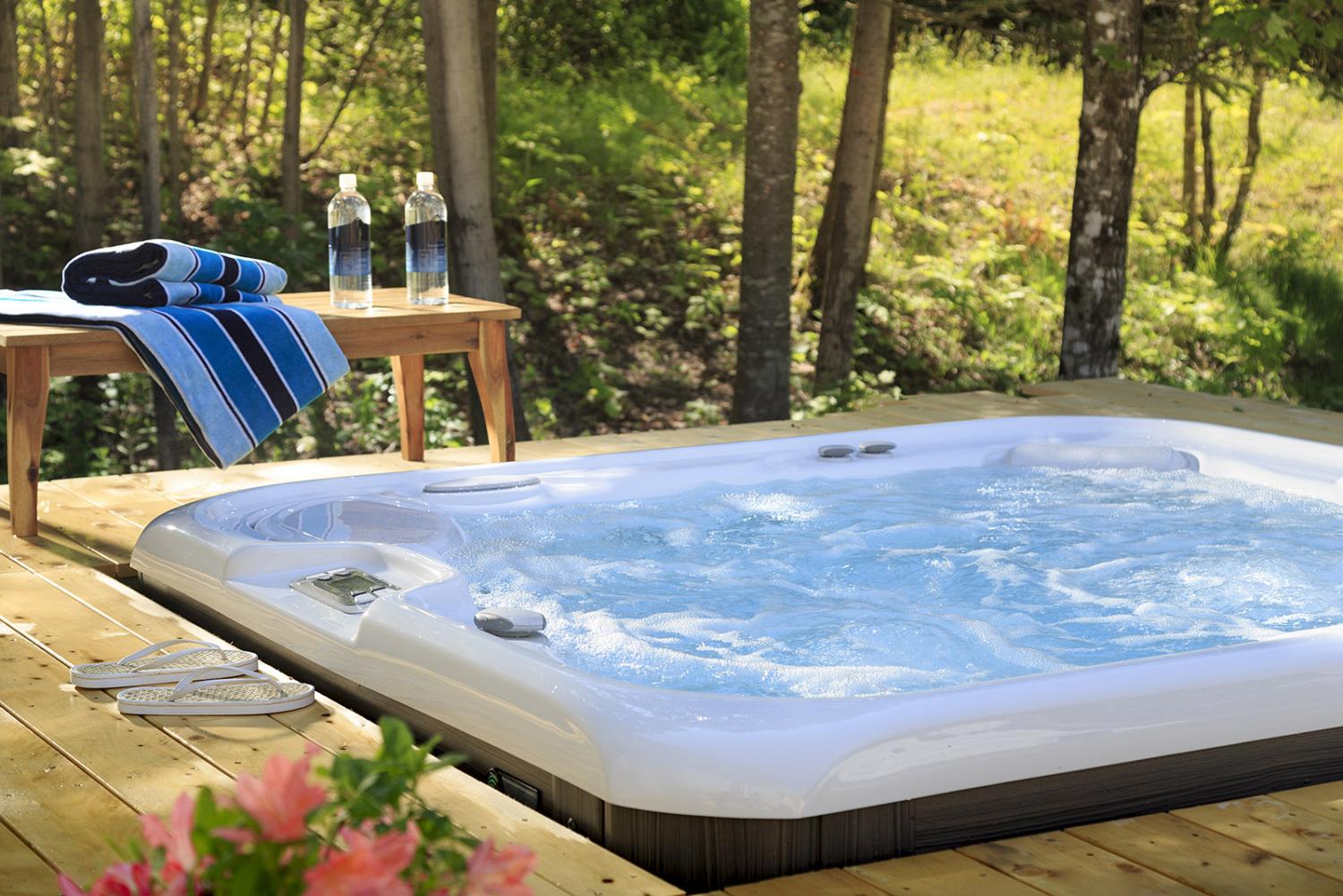
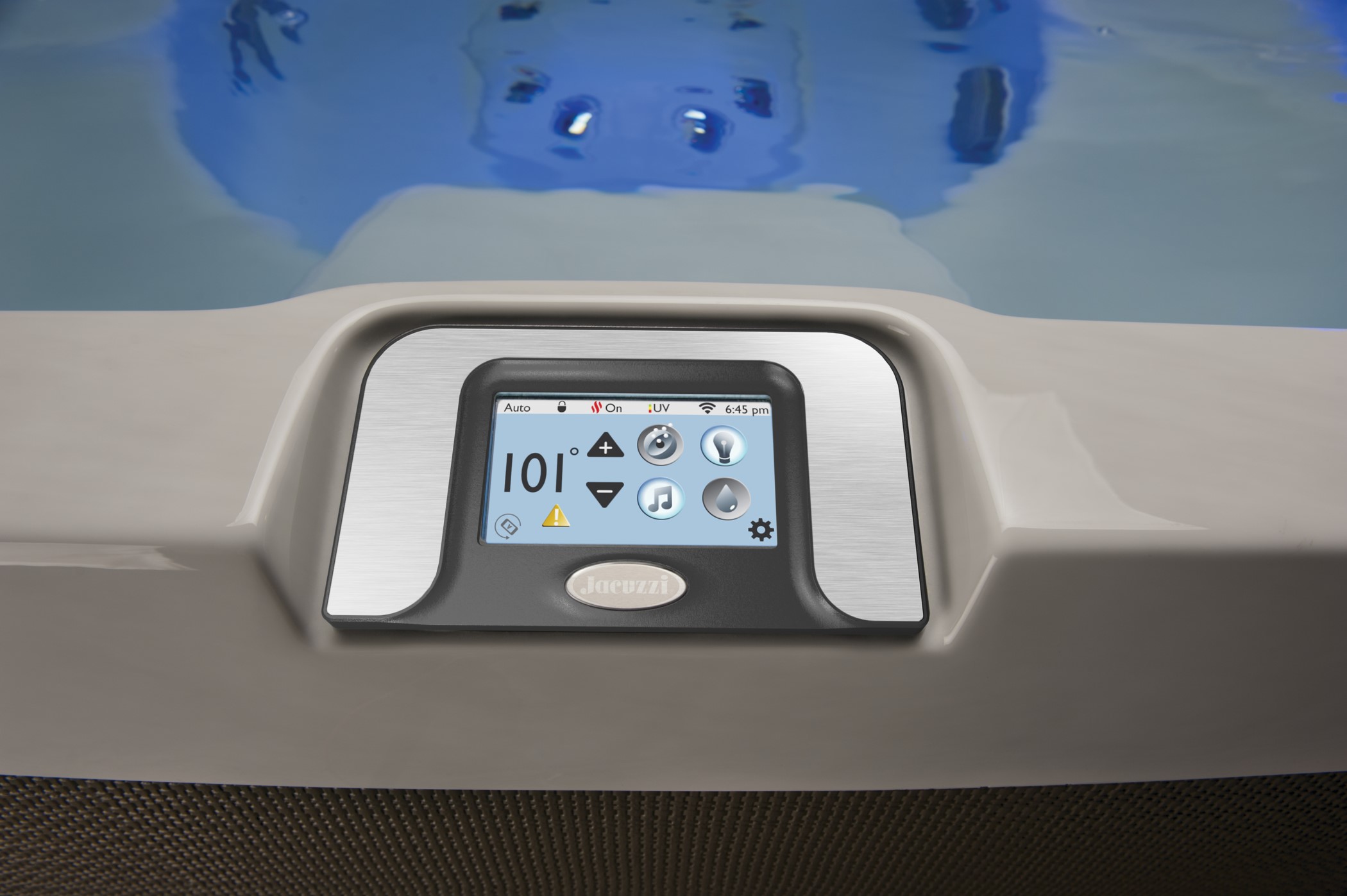
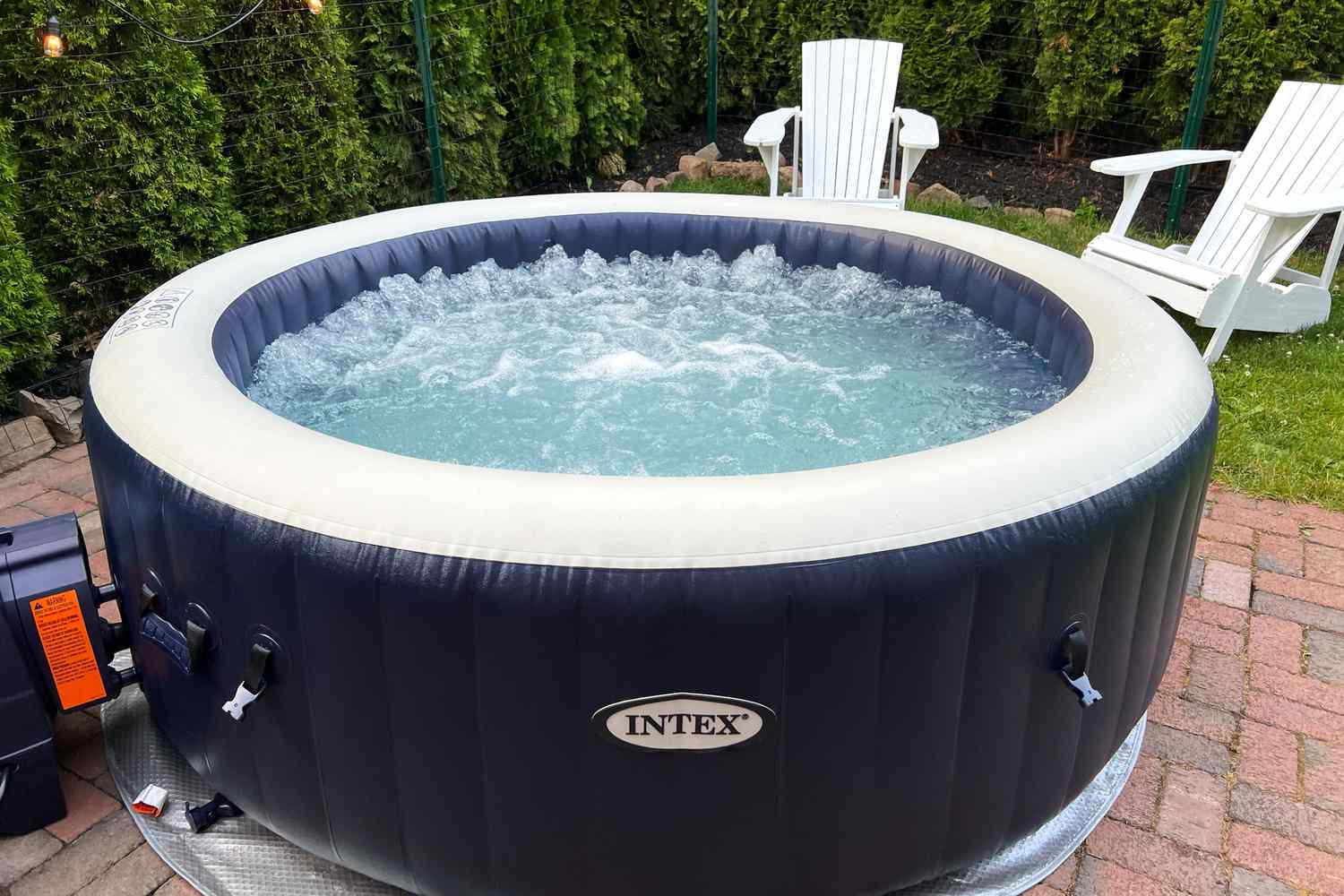
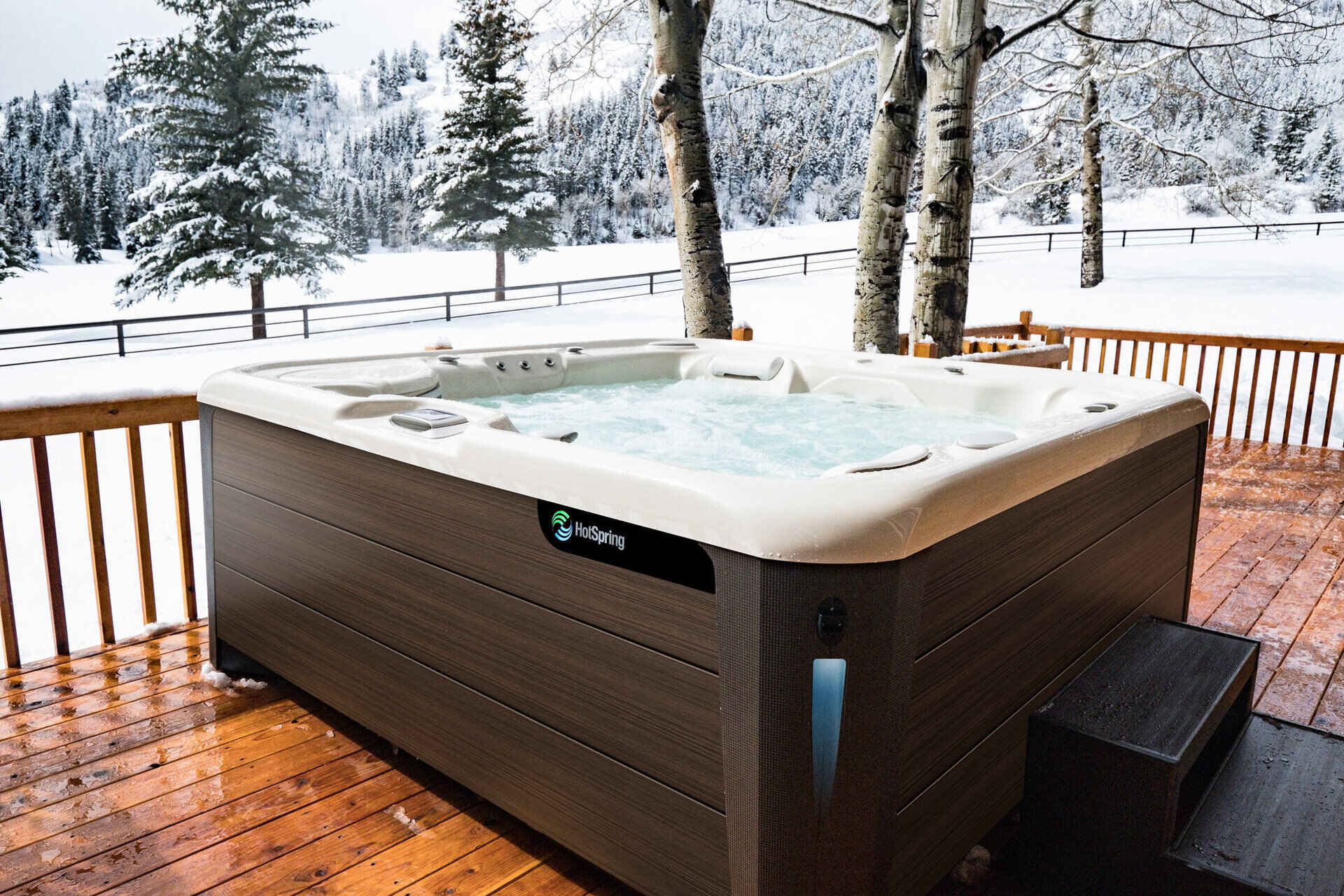
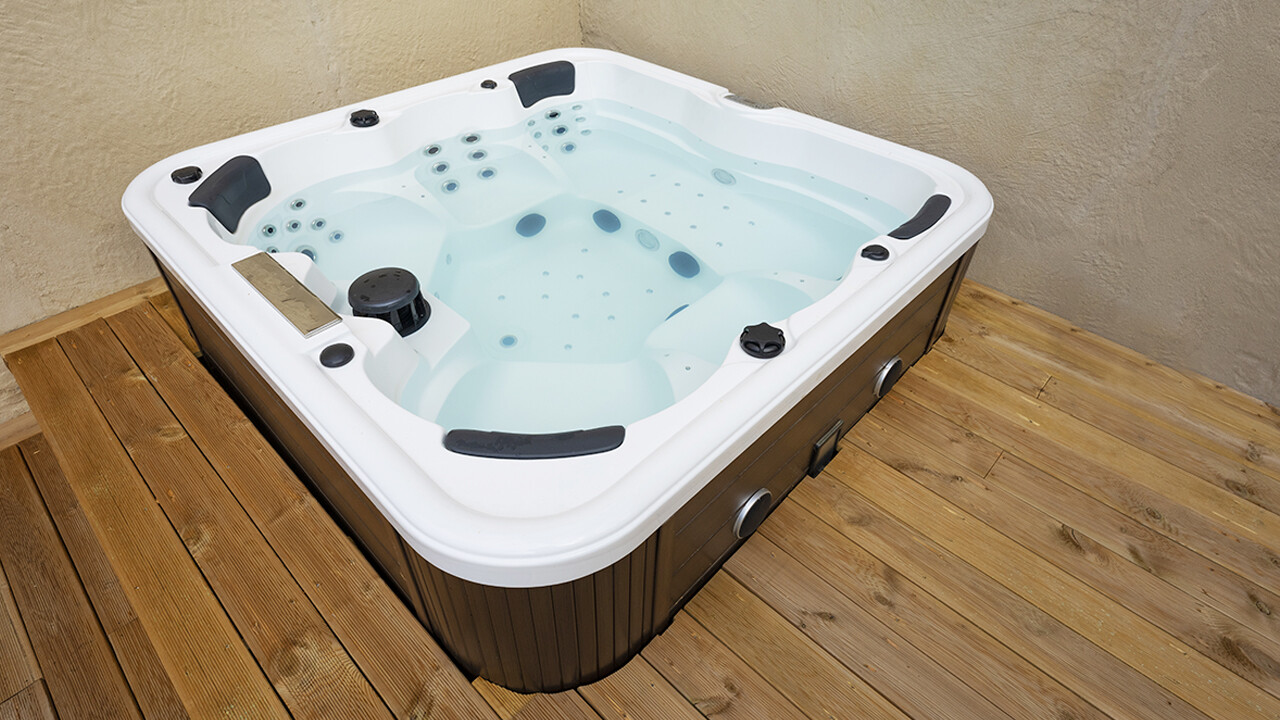
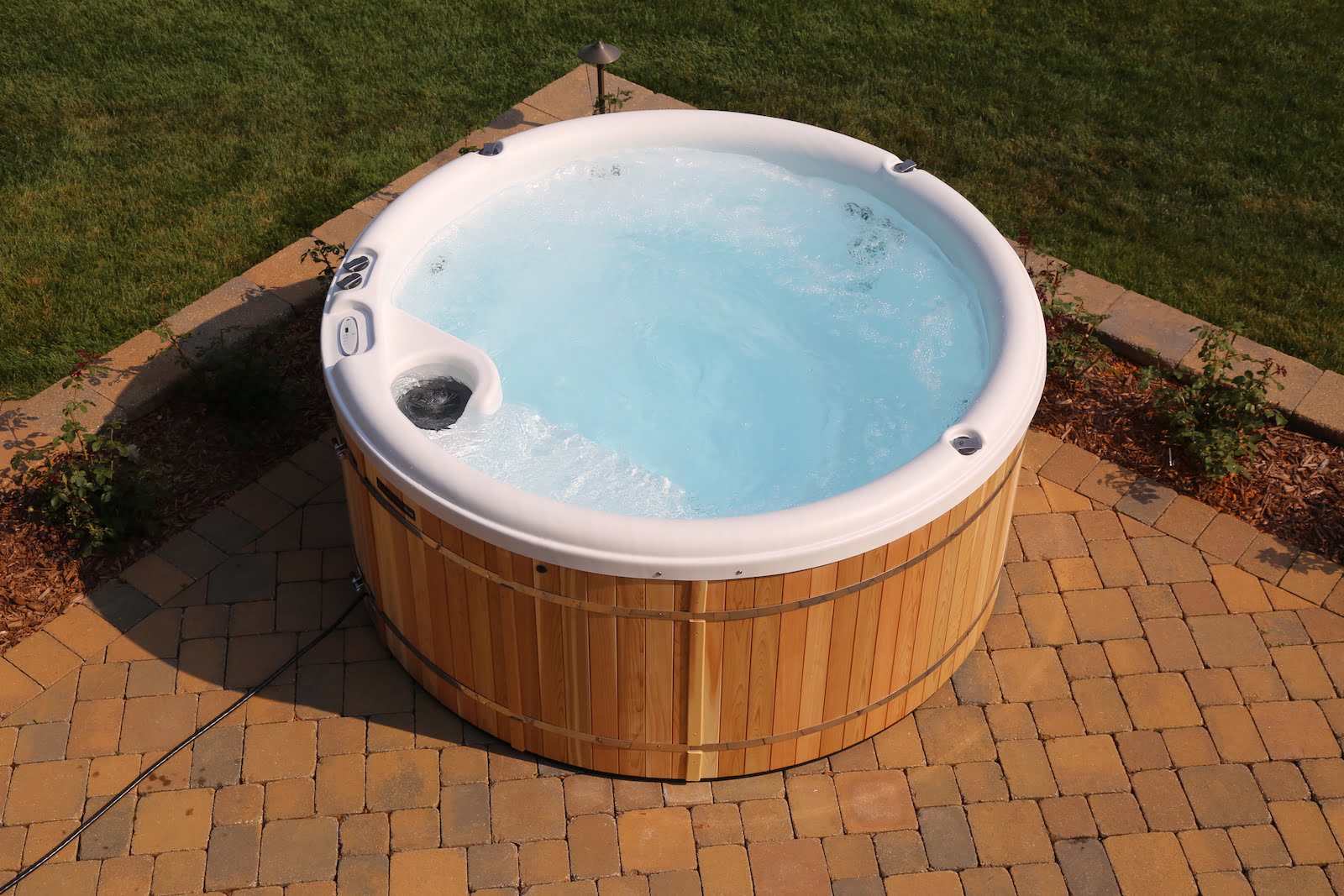
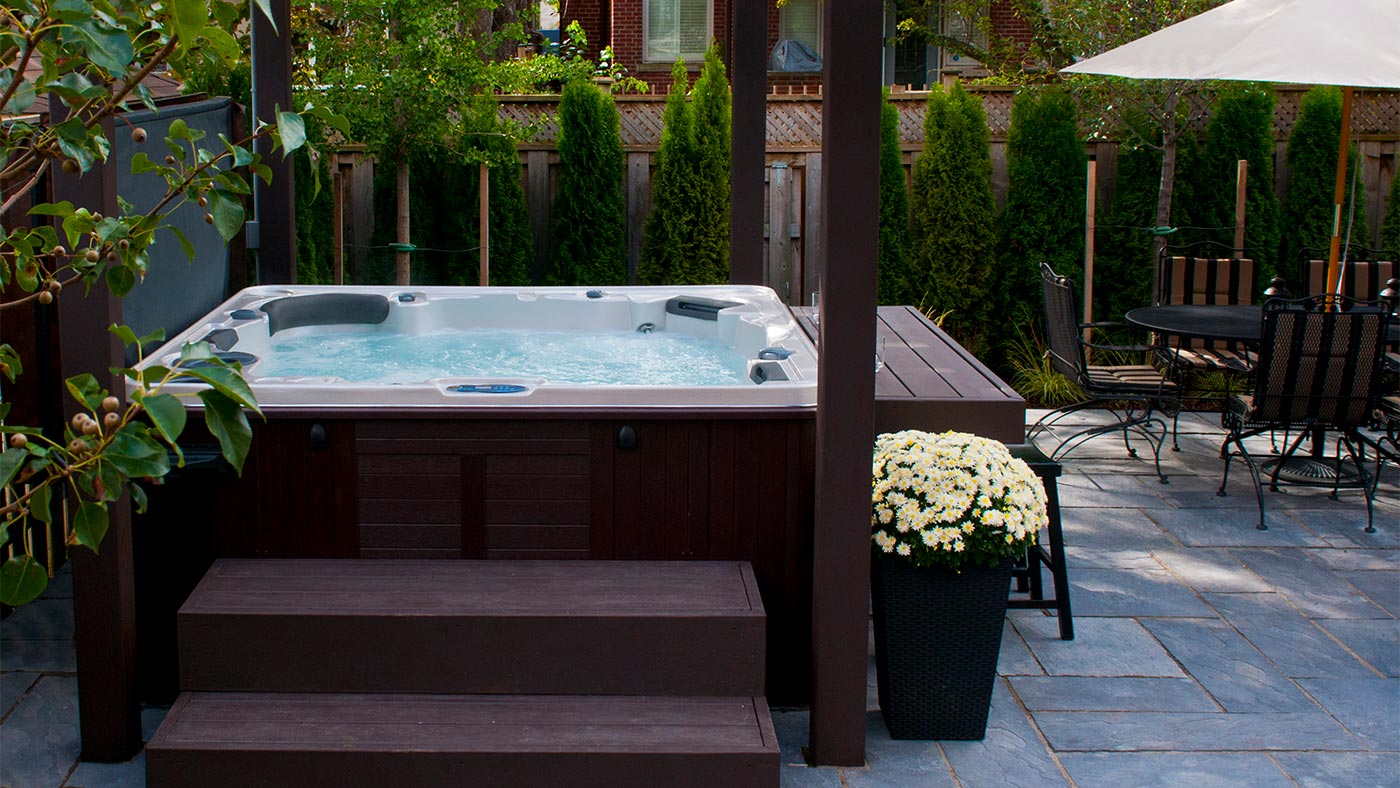
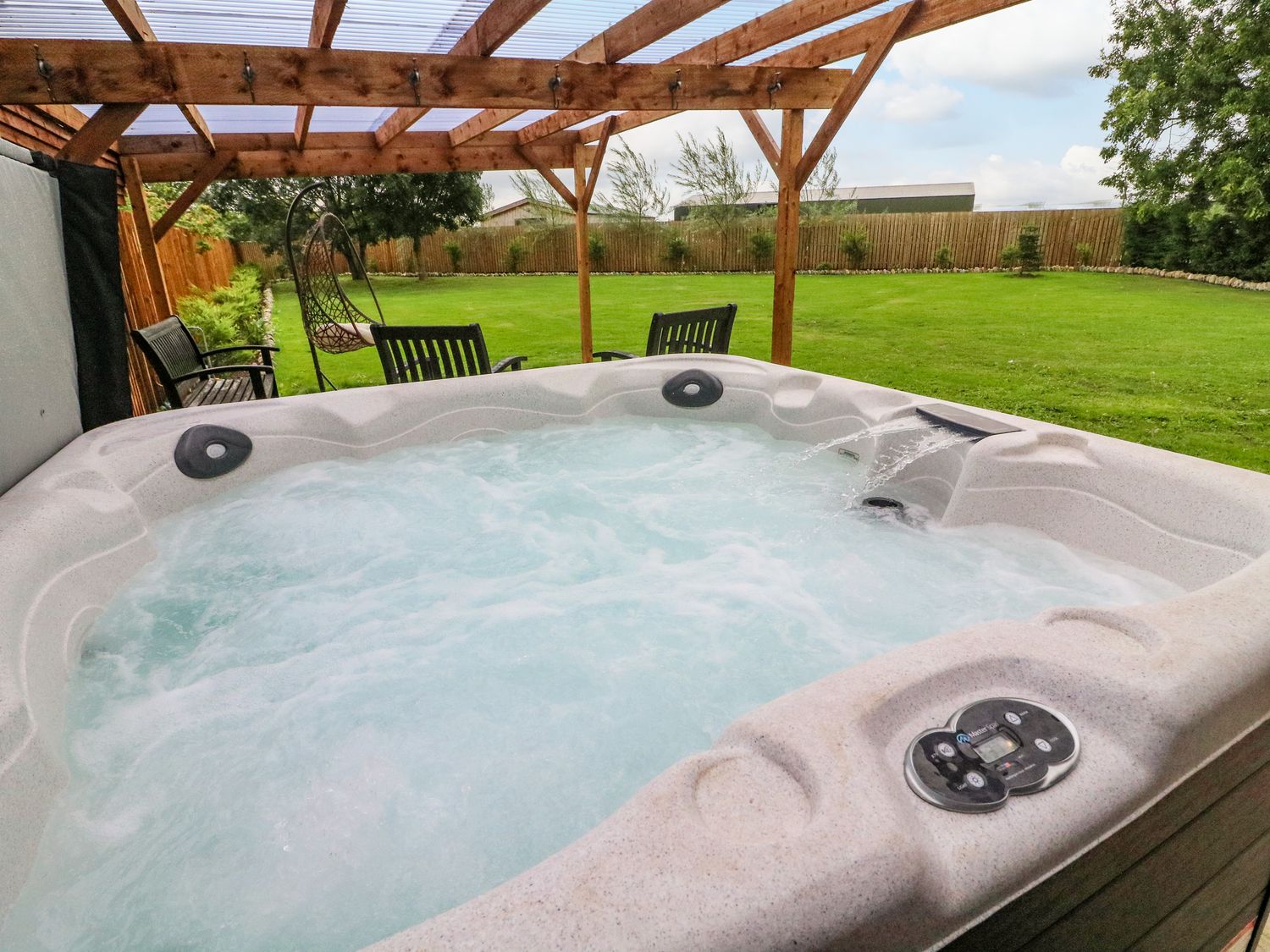
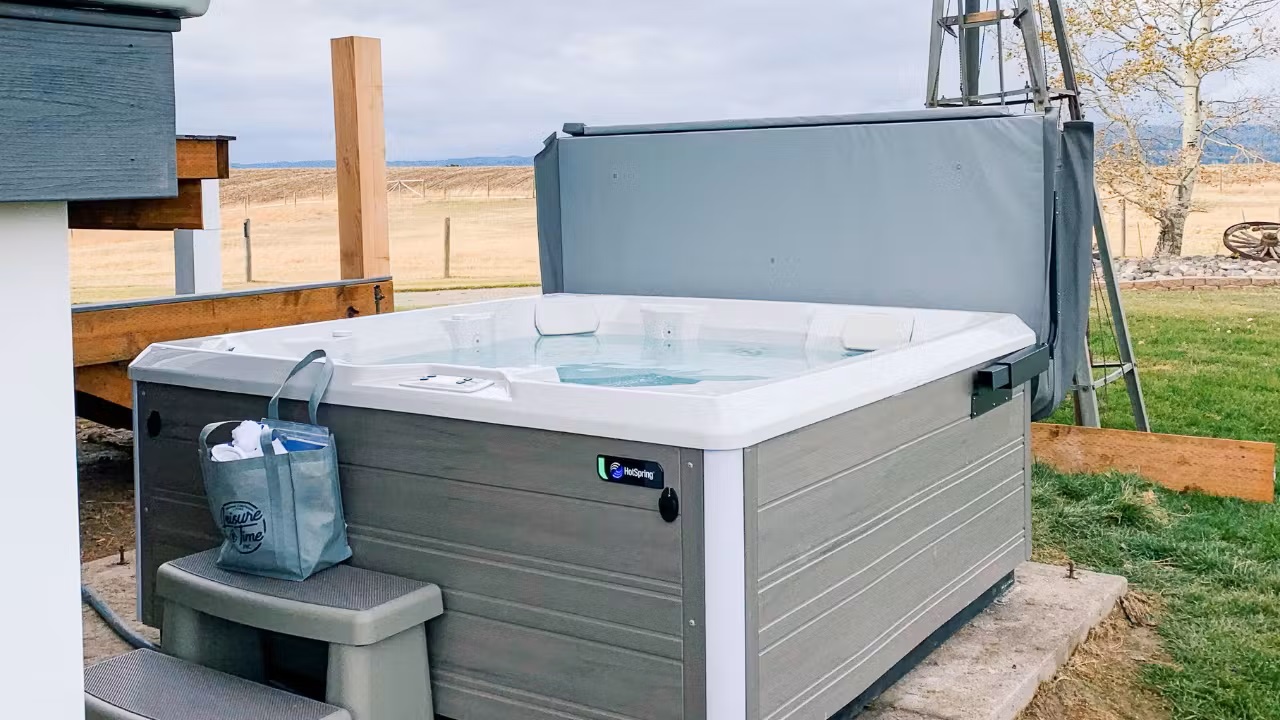
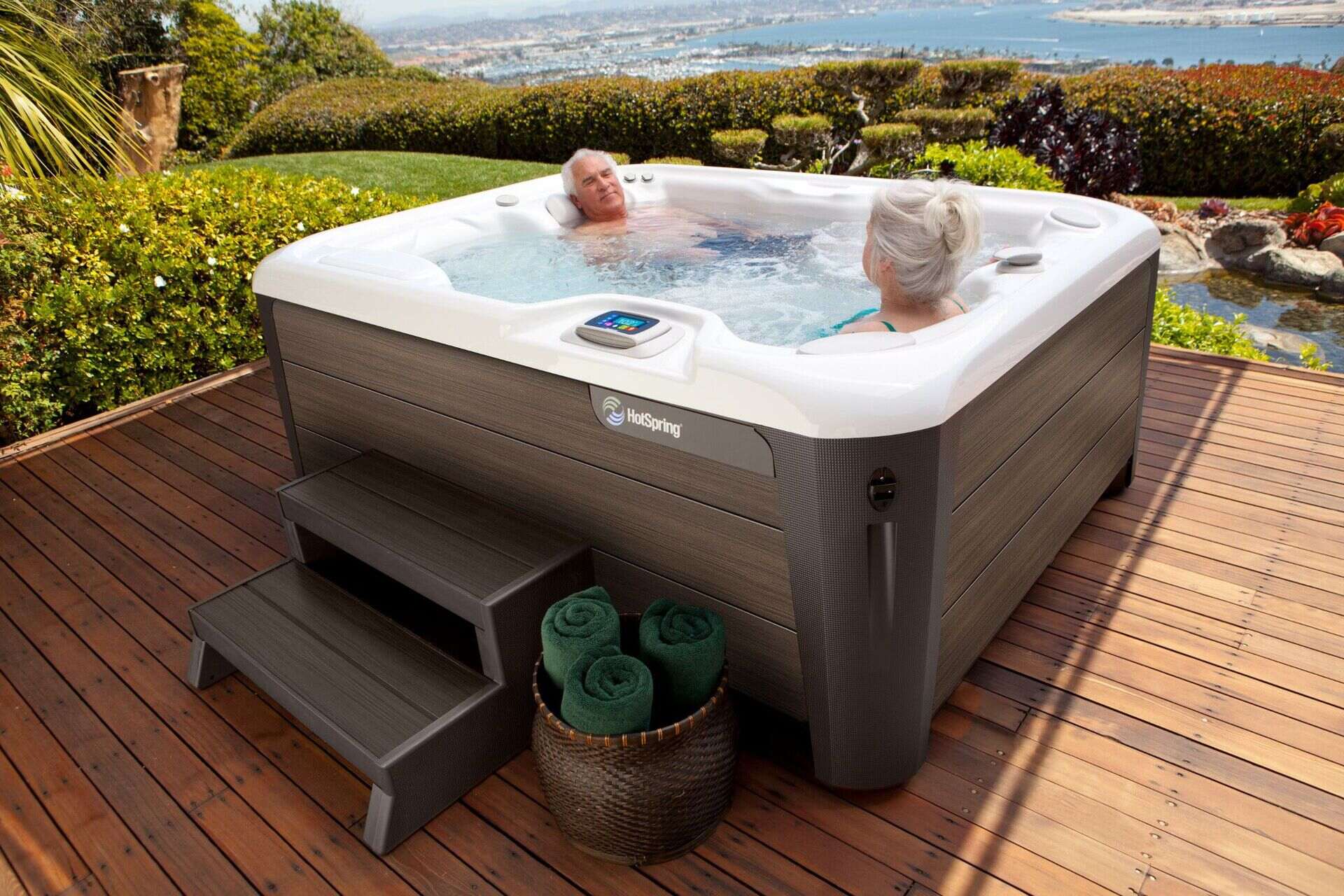
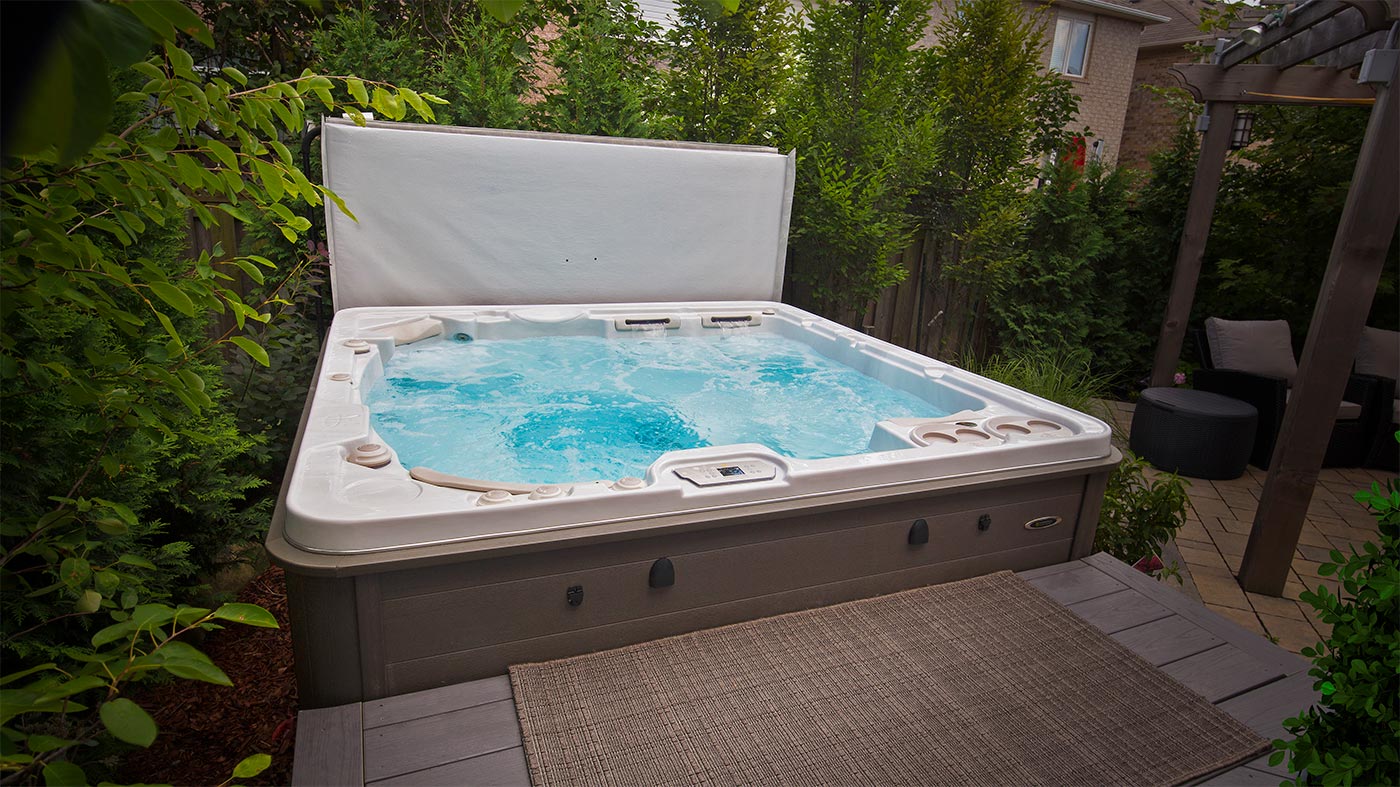

0 thoughts on “How To Restore Fiberglass Hot Tub”